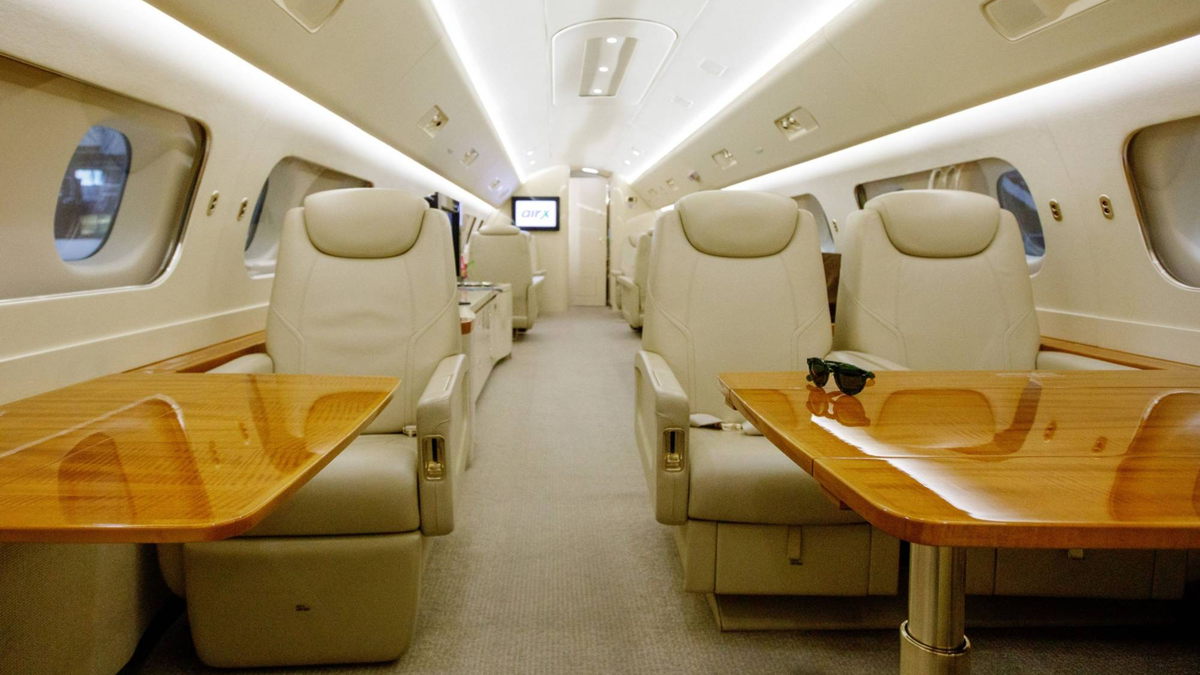ANA sees rise in wealthy Japanese flying private jets
Private jets are proving an increasingly popular way to avoid crowds in the pandemic travel era.

Wealthy people in Japan are turning to private jets in greater numbers as they seek to eschew crowded airports amid the ongoing coronavirus pandemic.
The push means that ANA’s private jet charter business is expecting sales of 1 billion yen (US$9 million) in the 2022 fiscal year, Jun Katagiri, the chief executive officer of ANA Business Jet, said last week. ANA Business Jet is owned jointly by ANA and trading company Sojitz.
Inquiries for private charters are running at about 20 a month, up 30% on pre-pandemic levels, according to Katagiri. “This will be a new option for transportation,” he said, declining to disclose past years’ sales.
Compared to Europe or the U.S., Japan is a small market for private jet operators, in part because domestic transport is so quick and efficient, and the nation is relatively small in size.
But there has been a rise in business people wishing to come to Japan from other countries who are flying private, as well as Japanese stuck overseas wanting to come home and who haven’t been able to secure regular flights due to Covid.
The high price of being a high flyer
In 2019, the number of wealthy households in Japan reached 1.3 million, the highest since 2005, with net financial assets hitting 333 trillion yen, according to the Nomura Research Institute. Their ranks are increasing due to former Prime Minister Shinzo Abe‘s ultra-easy monetary policy.
It costs about 39 million yen for a round trip from Tokyo to New York on a jet with 13 seats, and 30 million yen to fly to Los Angeles and back. Hiring a private plane for a round trip to Beijing from Japan’s capital will set you back 15 milllion yen.
ANA Business Jet doesn’t own any planes itself, bringing costs down. Rather it works with around 40 operators globally to arrange flights, which also allows the group to be more nimble.
The world’s business jets market is forecast to expand to to US$38 billion by 2030, up from an estimated US$19 billion in 2020, according to Markets&Markets.
ANA reported a loss of 81 billion yen for the three months ended December 31, while sales fell 55% to 236 billion yen. “I’m glad we aren’t owning assets during the coronavirus,” Katagiri said.
This article is published under license from Bloomberg Media: the original article can be viewed here